10 years after Prime Minister Narendra Modi launched the ambitious Swachh Bharat Mission (SBM) from the ramparts of Red Fort on October 2, 2014, India finds itself grappling with a paradox. Despite massive financial commitments and loud proclamations of success, the ground reality tells a different story – one of incomplete transformation, persistent challenges, and questionable outcomes that demand serious introspection.

The Financial Commitment: Where Did the Money Go?
The scale of financial commitment to India’s cleanliness mission has been unprecedented. The Swachh Bharat Mission has received allocations totalling ₹12,192 crore in the 2025 Budget alone, with the urban component receiving ₹5,000 crore and rural areas getting ₹7,192 crore. Over the mission’s lifespan from 2014 to 2021, the rural component (SBM-G) received ₹83,937.72 crore in allocations, while the urban mission (SBM-U) got ₹13,239.89 crore.
However, the ambitious spending has raised questions about value for money. The total project cost for SBM-U was estimated at ₹62,009 crore, with the Government of India’s share being ₹14,787 crore. By 2020, approximately 109 million individual household latrines were constructed under the programme, representing one of the world’s largest sanitation initiatives.
Read more: IIT Kharagpur Launches Student Task Force After 4th Hostel Suicide in 7 Months
The Ground Reality: Promises vs Performance
Open Defecation Persists Despite Claims
While the government declared India open defecation-free in October 2019, independent assessments paint a starkly different picture. According to the 2022 WHO-UNICEF Joint Monitoring Programme report, 17% of India’s rural population still practiced open defecation. This translates to millions of people continuing unsafe sanitation practices despite toilet availability.

More alarmingly, India’s Household Consumption Expenditure Survey from 2022-23 reveals that 12.5% of households still lack toilets, affecting over 162 million people. This data suggests that the mission’s core objective of providing universal toilet access remains unfulfilled, raising serious questions about the efficacy of the massive expenditure.
The Construction-Usage Gap
Perhaps the most damning indictment of the Swachh Bharat Mission lies in the stark gap between toilet construction and actual usage. Research conducted across multiple states found that 44% of rural Indians who own toilets continue to defecate in the open. This behavioural challenge was particularly pronounced in states like Rajasthan and Madhya Pradesh, which had been officially declared open defecation-free.
A comprehensive study by the Rice Institute found that while toilet ownership increased significantly, usage rates remained disappointingly low. In villages that received only subsidised toilets, open defecation decreased modestly from 95% to 52%. However, villages that also received educational programming saw dramatic improvements, with open defecation falling from 98% to just 4%.
Quality Concerns: Substandard Infrastructure
Investigation into toilet construction quality reveals disturbing patterns of corner-cutting and substandard work. A WaterAid India survey covering over 1,000 households across eight states found that only 33% of constructed toilets were deemed sustainably safe. The study revealed that 31% of functional toilets were actually unsafe, failing to prevent human contact with faecal matter due to design flaws or poor construction.
The predominant technology choice was twin-leach pits (57%), followed by single-leach pits (22%) and septic tanks (21%). However, technology choices were often inappropriate for local geography, with insufficient attention to factors like water table levels and soil conditions.
Construction Scandals and Corruption
The mission has been plagued by corruption scandals across multiple states. In Uttar Pradesh, investigations revealed that toilets existed “only on paper” in several districts, with local officials and village heads involved in systematic fraud. Similar irregularities were discovered in Odisha, where a multi-crore scam in toilet construction under SBM was detected, involving huge irregularities in fund utilisation.
In Madhya Pradesh, recent investigations exposed a ₹13.21 crore fraud in the Swachh Bharat Mission, highlighting persistent vulnerabilities in the programme’s implementation and monitoring mechanisms13.
These are visuals from Uttar Pradesh which is cleanest state on papers
— Amock_ (@Amockx2022) July 20, 2025
Where is budget and taxes going? ☠️pic.twitter.com/P10s8g02XP
International Standing: A Reality Check
Despite government claims of global recognition, India’s international environmental performance remains concerning. The Environmental Performance Index 2024 ranked India 176th out of 180 countries, with particularly poor performance in sanitation and drinking water, where it ranked 143rd.
This ranking starkly contrasts with the government’s narrative of transformation. While countries like Estonia topped the list with 75.7 points, India scored just 27.6 points, highlighting the massive gap between aspirations and achievements.
Read more: India’s First AI Teacher, ‘Iris’, Introduced by Kerala School
Manual Scavenging: The Persistent Shame
One of the most glaring failures of the Swachh Bharat Mission has been its inability to eliminate manual scavenging. Despite being officially banned since 1993, the practice persists, with only 508 out of 766 districts declaring themselves manual-scavenging free as of recent reports.
The Supreme Court’s recent intervention, banning manual scavenging in six major cities including Delhi, Mumbai, and Bengaluru, underscores the government’s failure to address this humanitarian crisis. The court’s directive for enhanced compensation – ₹30 lakh for sewer deaths and ₹20 lakh for disability cases – reflects the gravity of the situation.
The Behavioural Challenge: Beyond Infrastructure
Experts consistently identify behavioural change as the mission’s biggest challenge. Parameswaran Iyer, former Secretary of the Department of Drinking Water and Sanitation, acknowledged that “inducing behavioural change at such massive scale and in such short time was the biggest challenge”.
The programme’s early focus on construction targets rather than sustainable behaviour change has created a situation where infrastructure exists but remains underutilised. Studies show that less than a quarter of households reported toilets were constructed at their own initiative, indicating weak community ownership.
Financial Irregularities and Accountability Deficit
Audit reports from the Comptroller and Auditor General have consistently highlighted financial irregularities in SBM implementation. The CAG’s findings include delays in fund release, poor utilisation of allocated resources, and inadequate monitoring mechanisms.
The short release of state share funds, delays ranging from 103 to 361 days in fund disbursement, and mismatches between departmental figures and appropriation accounts indicate systemic weaknesses in financial management.
The Way Forward: Lessons from Failure
Technology and Quality Focus
Future interventions must prioritise appropriate technology choices and construction quality over speed of implementation. The recommendation to persevere with twin-leach pits as the first technology choice while providing comprehensive technical guidance represents a more sustainable approach.
Behavioural Change Investment
The mission’s allocation of merely 3% of the budget to behavioural change activities appears grossly inadequate. Successful models from states like Telangana, which invested heavily in community engagement and information campaigns, provide blueprints for effective implementation.
Accountability Mechanisms
Establishing robust accountability mechanisms, including hotlines for complaints and mandatory geo-tagged photography of construction progress, could address quality and corruption concerns.
A Mission Incomplete
The Swachh Bharat Mission represents both India’s largest developmental undertaking in sanitation and its most visible policy failure. Despite expenditures exceeding ₹12,000 crore and the construction of over 100 million toilets, fundamental challenges persist. Seventeen percent of rural Indians still practice open defecation, millions lack access to toilets, and construction quality remains questionable.
The mission’s legacy will ultimately be determined not by the number of toilets built or crores spent, but by whether it succeeded in fundamentally transforming India’s sanitation landscape. Current evidence suggests that while progress has been made, the vision of a truly “Swachh Bharat” remains elusive. The time has come for honest assessment, course correction, and renewed commitment to genuine transformation rather than superficial metrics.
As India approaches the mission’s second decade, the question isn’t whether money has been spent, but whether it has been spent wisely. The answer, unfortunately, appears to be a resounding no. True cleanliness requires more than financial commitments – it demands sustained political will, community ownership, and accountability at every level. Until these elements align, India’s dream of becoming truly clean will remain just that – a dream worth ₹12,000 crore.
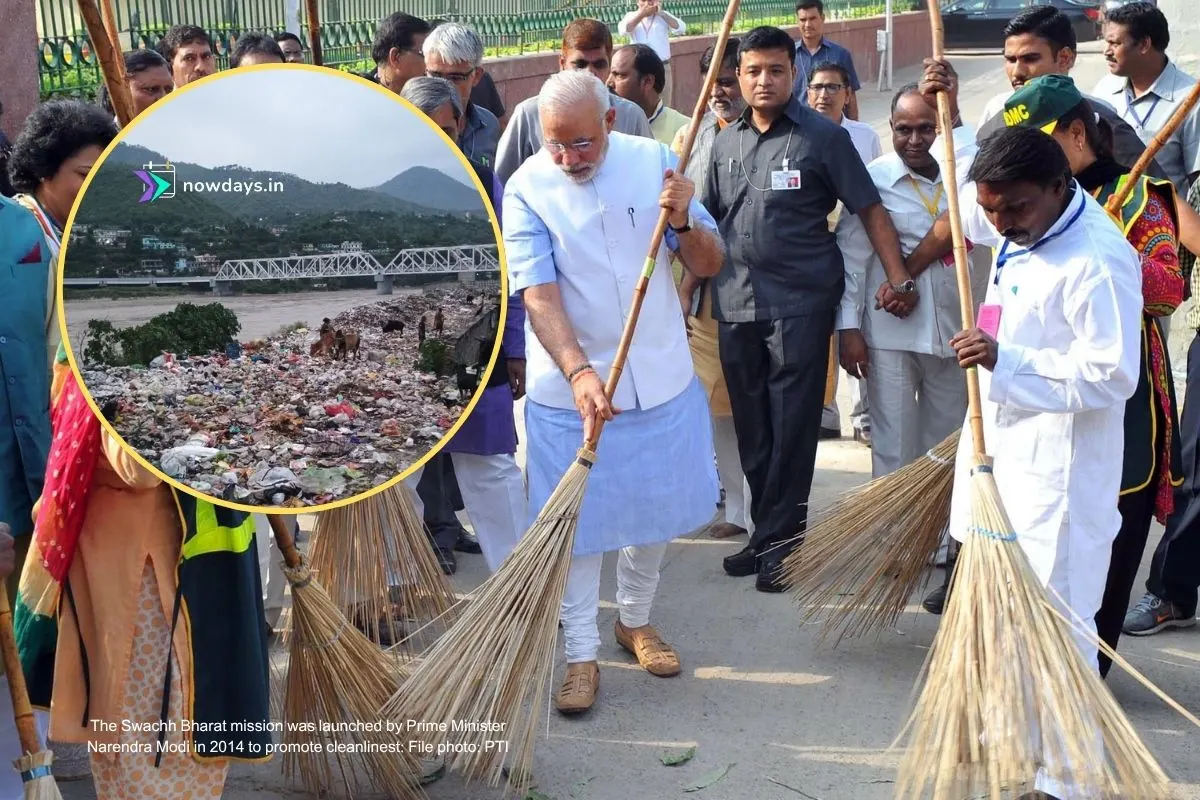
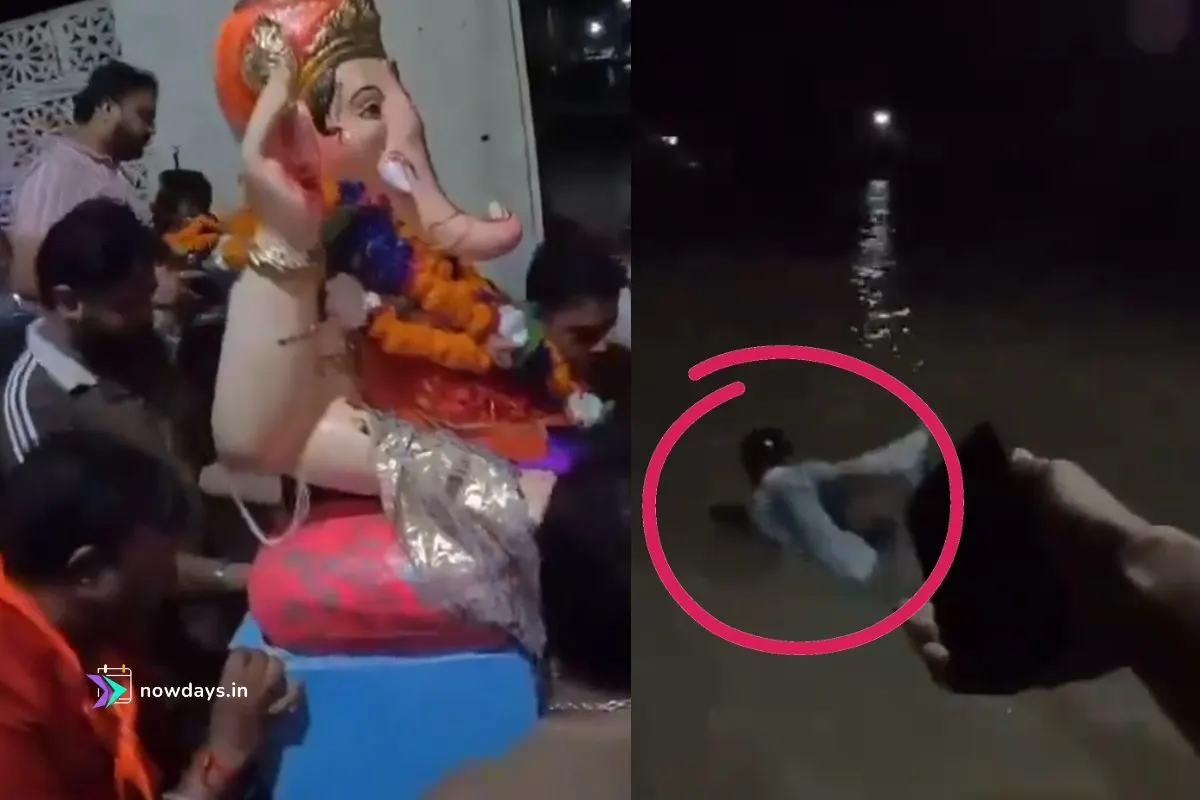

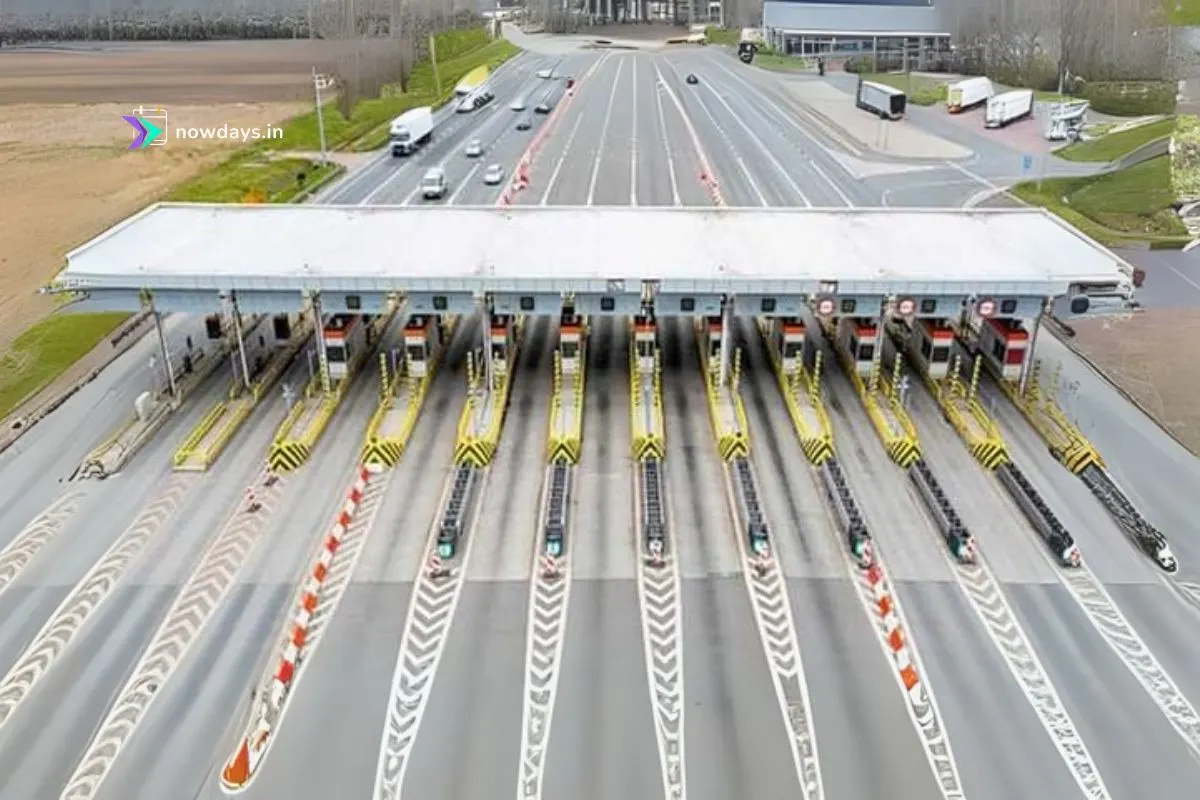
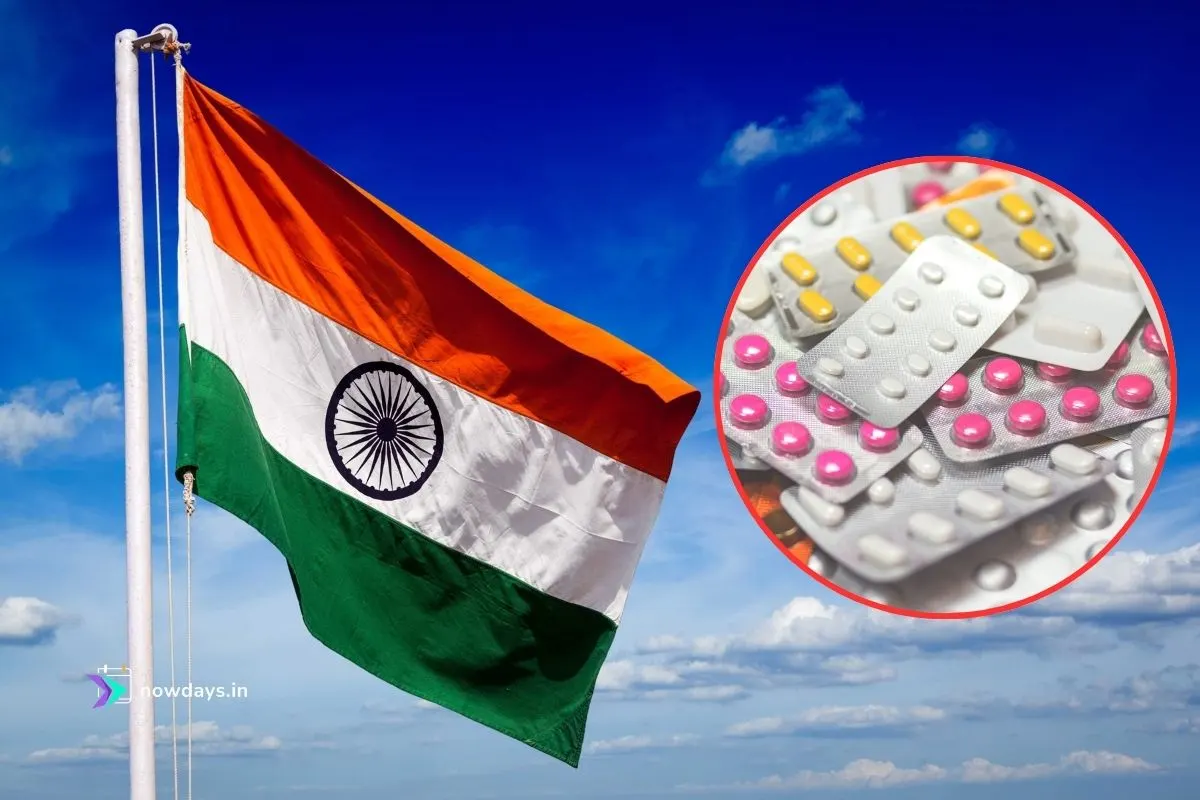

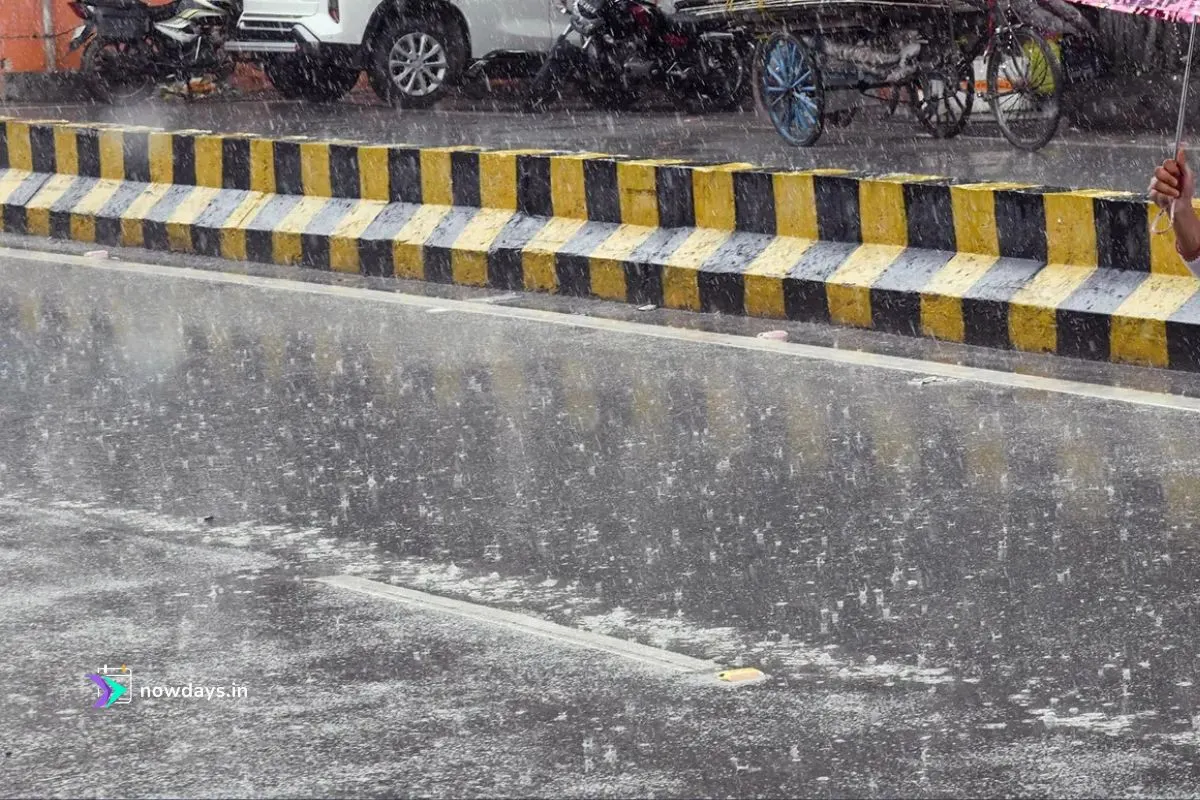
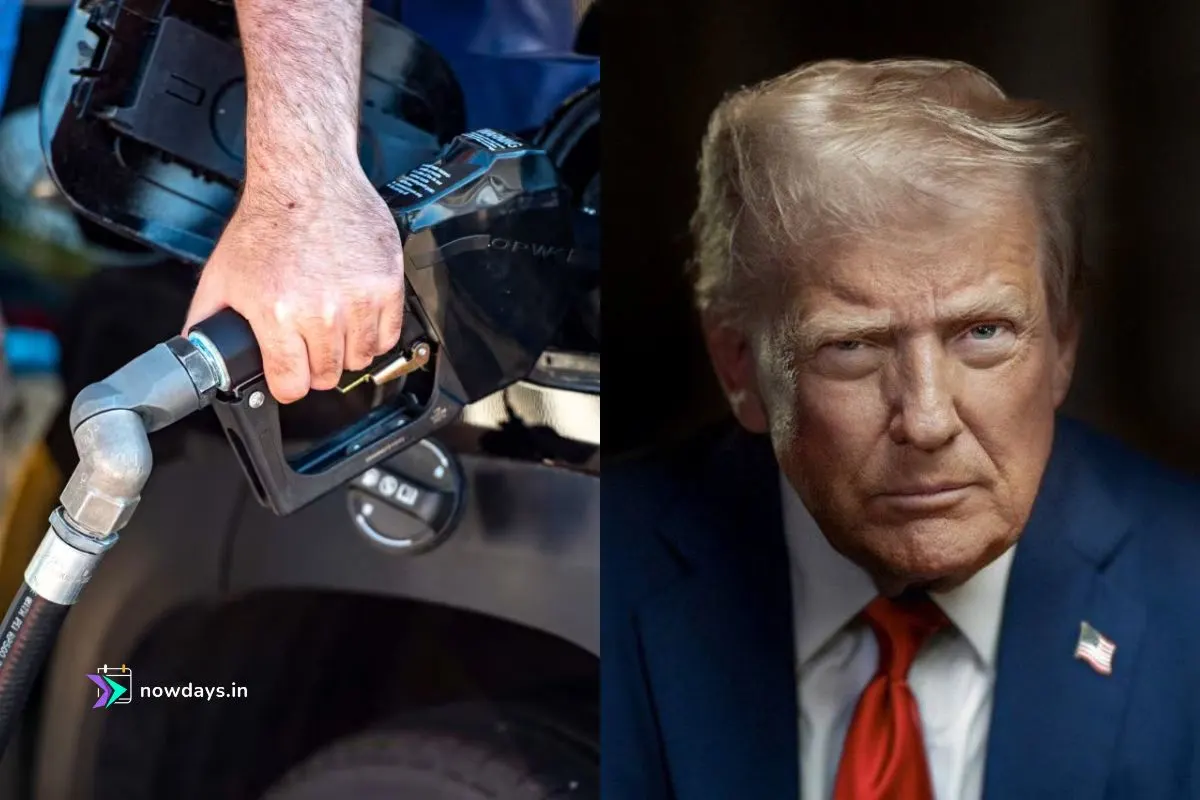
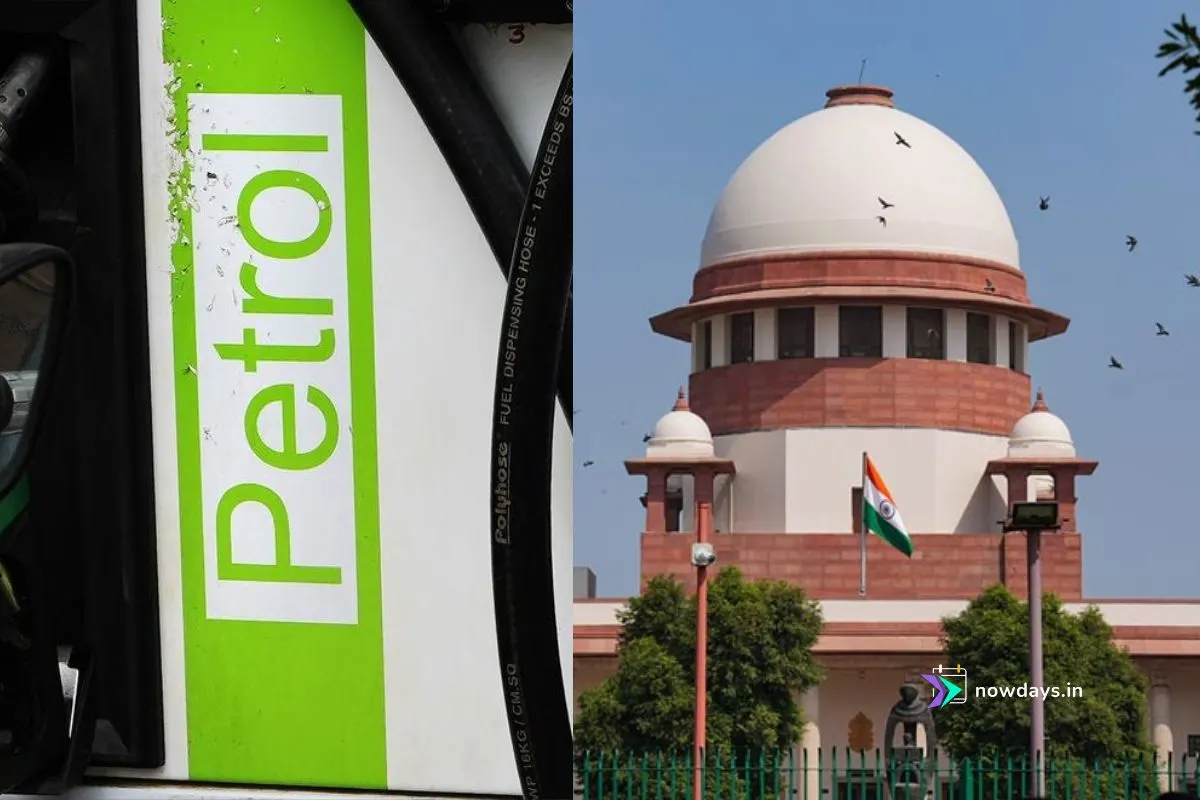

1 thought on “Swachh Bharat Abhiyan: ₹12,000 Cr Spent, But Where’s the Clean India?”